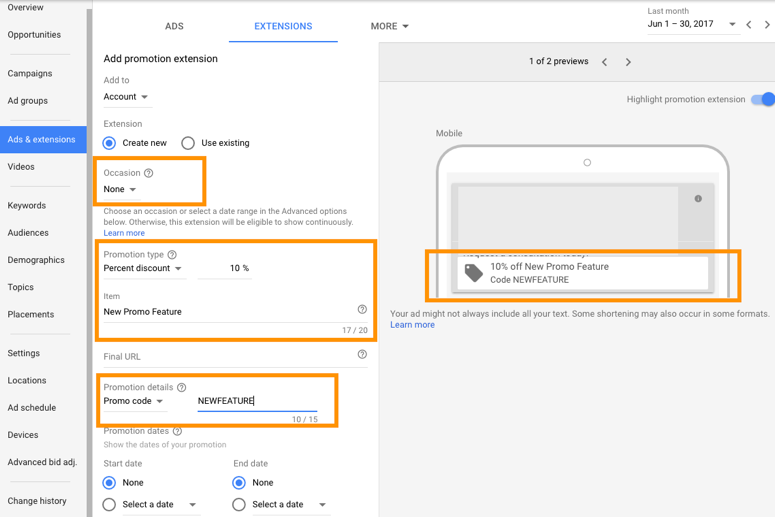Thinking of Sponsoring a Podcast? Try this First.
- Justin Billman

- Mar 11, 2020
- 2 min read
Updated: Mar 21, 2020
If you listen to any podcasts, by now I’m sure you've heard the host read off some sponsors before and usually mid-way through the episode. I mean, why wouldn’t they monetize their audience!
Naturally, marketers have taken notice of this as an opportunity to plug their brand.
Let’s talk about how to get your brand in front of a podcasters audience without having a formal podcast sponsorship in place.
One quality that makes a marketer most effective is their ability and willingness to test new things.
The only problem with that (most of the time) is that you don’t know what to expect or what results you’ll receive from this new channel. Even with research, it at times feels like gambling.
To make matters worse, when it comes to podcast sponsorships, it’s pretty much all or nothing. Sponsor the entire episode (and at times, multiple) or get lost!
So how do we first experiment and “dip our toes in the water” before diving a large chunk of our marketing budget into the pool that is podcast sponsorships? The answer…
YouTube advertising with managed placements
The beauty of podcasts these days is that nearly all of them are also put up on YouTube.
This will allow you to isolate ads to exclusively show on specific podcast channels that you’ve designated.
All you have to do is navigate to "Placements > YouTube channels" within your Ad Group targeting and start typing in the podcasts channel name. It will look like this (go ahead and roll your eyes at the Joe Rogan podcast example, lol):

So let’s say you have 3 podcasts in mind that you’re thinking about approaching for a sponsorship, but aren’t sure which one to choose.
Run YouTube ads against all 3 of them simultaneously using the same ad creative — and see which one provides the highest results!
These results could be anything from engagements like click-through-rates (CTR) or view-through-rate (VTR) all the way down to transactions, depending on your goals and KPIs.
Now let’s take a look at the pros and cons of this approach.
Pros:
Validation: ability to view potential outcomes before approaching sponsorships
Flexibility: you can turn YouTube ads on/off instantly
Cheap: you can throw $100 at a campaign to test podcast audiences
Data-driven: be more confident in your sponsorship decision-making with numbers to back you up
Cons:
No brand association
Host is in no way endorsing your product/service
Host is not delivering your brand message
Not as native (since it is a pre-roll ad rather than within the episode)
Tips:
Emphasise voice in your ad (don’t ignore the visual, but many of these podcasters have audiences that are listening only — so consider people may be driving while consuming that content)
Deliver a message that aligns with the audience (example: if you’re running an ad on a comedians podcast — use humor in the ad! That’s literally what they’re there for)
Conclusion:
Podcasts are hot right now, and have been for the last few years. They can be a great way to reach your target audience — don’t ignore them!
Use this strategy to approach sponsorship opportunities with more confidence, knowing that you have at least some indication (with data to back you up) on what to expect or which podcasts will be most lucrative for your business.
Always be testing!
Have you tried this before or have thoughts? Let me know in the comments!



Comments